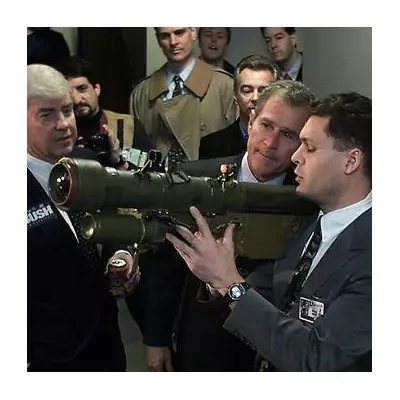
In a significant military operation that underscores the escalating battle against transnational drug cartels, United States forces have destroyed a suspected narcotics-smuggling vessel in the Caribbean Sea. The dramatic incident, which occurred earlier this week, represents one of the most assertive counter-drug actions taken by US authorities in recent years.
The Engagement: A Swift and Decisive Strike
According to official statements from US Southern Command, military personnel detected what they described as a "suspicious go-fast vessel" operating in international waters. After extensive monitoring and multiple attempts to hail the craft, the decision was made to engage when the vessel allegedly demonstrated "hostile intent" and refused to comply with orders.
The confrontation culminated in the complete destruction of the suspected drug boat, though remarkably, initial reports indicate no casualties among the crew, who were reportedly detained following the engagement.
The Changing Face of Narcotics Trafficking
This incident highlights the increasingly sophisticated methods employed by drug cartels to transport their illicit cargo. While details about the vessel remain classified, defence analysts suggest it may have been a semi-submersible or low-profile craft designed specifically to evade detection—a type often referred to as "narco-subs" in intelligence circles.
These vessels represent a significant challenge for authorities, as they can transport multi-ton shipments of cocaine and other narcotics while remaining largely invisible to conventional radar systems.
Regional Security Implications
The strike occurs against a backdrop of heightened concern about drug trafficking routes through the Caribbean, which have seen increased activity following crackdowns on traditional Pacific routes. Military strategists have long warned about the vulnerability of Caribbean sea lanes and the potential for cartels to exploit governance gaps in the region.
"This operation sends a clear message that the United States will not tolerate the use of international waters for illicit activities," a defence official commented under condition of anonymity.
International Response and Legal Questions
The aggressive tactics employed in this operation are likely to spark debate about the legal boundaries of counter-drug operations in international waters. While the US maintains broad authority to interdict vessels suspected of drug trafficking under various international agreements, the use of lethal force typically requires demonstration of immediate threat.
Human rights organisations have historically expressed concern about the potential for escalation in such operations, particularly when they occur outside territorial waters.
As investigations continue and the detained crew members are processed, this incident serves as a stark reminder of the ongoing cat-and-mouse game between law enforcement and sophisticated criminal networks operating across the globe's maritime highways.





